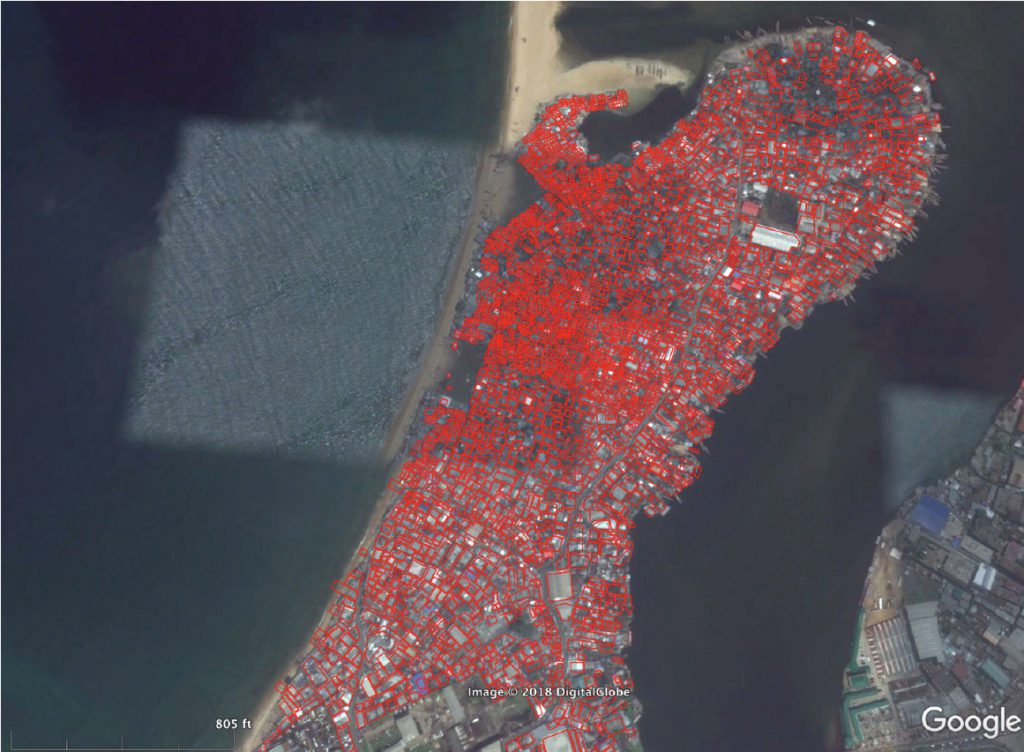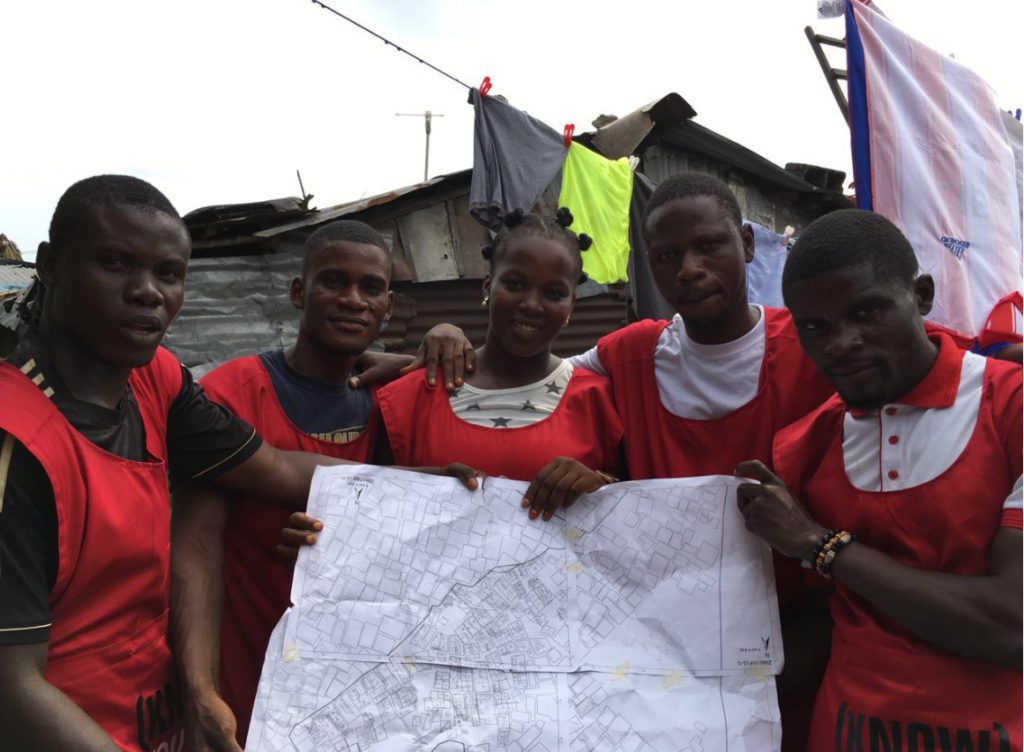ADAPTATION, RELOCATION, MARGINALIZATION
By Achilles Kallergis
Environmental mobility has gained increased interest in academic, policy, and media circles. The focus of most discussions has been on the implications of future potential large-scale movements from South to North countries. Somewhat paradoxically, less attention has been given to the implications of environmental mobility within smaller geographies – particularly within borders – through empirical evidence, and most rigorous future estimates point to shorter movements in time and space due to climate variability. Such mobility trends are apparent in Liberia, a country that undergoes intense urbanization faces extensive poverty and vulnerability to climate change, and where a significant share of environmental mobility is expected to be directed towards its cities.
In this process, low-income urban neighborhoods that often face environmental risk become destination areas for migrants. The role of these areas is increasingly recognized in the growing migration scholarship. However, the contradictions between international and regional norm-setting that aim to improve mobility outcomes and incorporate movements due to environmental events and national and local urban processes that seek to manage mobility are not given enough attention.
These contradictions become evident in the context of a government-led relocation process in Monrovia, Liberia. In this case, efforts to adapt and protect populations from the effects of climate change in the coastal community of West Point result in relocation practices that fail to address the issue meaningfully. Moreover, these practices can potentially lead to the protracted
marginalization of those facing environmental risk. West Point is one of the largest settlements in Monrovia, with an approximate population of 60,000 to 75,000 people. Due to its location and dense built-up area, the neighborhood is vulnerable to sea-level rise and related coastal hazards, with coastal erosion and inundation being frequent challenges. As the land area changes, structures are constantly rebuilt and densities are shifting.
“Displacement is cyclical in West Point. With each high tide and converging sea surge, the abrasive currents and high-energy waves erode more of the shoreline. After each event, there is less room to rebuild, resulting in higher densities, smaller lots, and new homes at risk.”

Figure 1 Coastal erosion in West Point in 2008 (left) and 2021 (right)
Liberian law and policy context do not offer specifics as to the process of a planned relocation. In particular, several critical aspects are absent. Liberian law does not recognize the need for consent and meaningful consultations with those to be relocated. The 2019 Liberia National Policy and Response to Climate Change underline the need for a comprehensive land-use plan to “achieve sustainability in urbanization and settlement developments to adapt to the climate.” While it acknowledges the risks associated with coastal erosion, the strategy’s goal of calling for a reversal of rural-to-urban migration seems unrealistic given the direction and intensity of migration from rural to urban areas.
Without a clear strategy and national policy, successive administrations in Monrovia have attempted the planned relocation of West Point without success. Concerns that the relocation would place residents far from the jobs and amenities in proximity to Monrovia’s center have stalled the relocation plans. Data from community-led surveys and conversations with community members highlighted the importance of social networks, economic activities, and livelihood opportunities in the settlement.

Figure 2 Satellite imagery of West Point and built-up structures (left); Community enumerators in West Point
In the absence of durable solutions, the residents’ efforts to preserve these opportunities in instances of environmental risk consist of constant micro-movements within the neighborhood rather than movements to other parts of the city. Additionally, initial concerns about a relocation process that has so far failed to incorporate people’s needs have intensified given the issues faced
by the first few households that did relocate through government housing assistance on the outskirts of the city in 2016. Given the low income of residents and the absence of jobs, transportation, and services in peri-urban Monrovia, the relocated households face severe challenges due to reductions in their livelihoods without witnessing promised improvements in their living conditions. While sea erosion is perhaps no longer a threat, the socioeconomic vulnerability of those relocated remains high.
The above shortcomings of relocation have pushed Monrovia officials to reconsider the possibility of adaptation in-situ recently. The Monrovia Metropolitan Climate Resilience Project, run by Liberia’s Environment Protection Agency in conjunction with the United Nations Development Program will benefit from $25.6 million from the Green Climate Fund to finance, among other efforts, the construction of coastal defense structures, to begin in 2023. While the uncertainty as to the capacity of these efforts to provide a long-term solution remains, it seems to be a direction that most Westpoint residents agree with. Adapting in-situ offers the possibility to continue their activities and remain in a neighborhood that many have lived long enough to call home.

The example of Westpoint brings to the forefront the difficult trade-offs that the city of Monrovia and many other cities in Africa will need to consider. Do relocation processes for adaption to environmental stressors justify potential losses in city access and opportunities for low-income residents and migrants? Or should the city's limited resources be devoted to interventions that protect populations in-situ, respecting the locational preferences of households? Indeed, there is no single answer to the above questions. Neighborhoods, such as Westpoint, often constitute the only areas where low-income families and migrants settle and take advantage of urban opportunities. Planned relocations need to consider not only the objective of minimizing exposure to environmental risks but how they overall affect life prospects for relocated households. More attention and local knowledge are necessary to inform the implementation of mobility norms and how they are translated and embedded in local contexts, particularly in their interaction with longstanding urban policies that aim to restrict mobility and ignore informal settlements and their residents.
Communities in impoverished neighborhoods under environmental risk across cities in the region are actively responding to this call. Community self-enumerations and data collection processes provide a basis for a more ‘generative planning,’ one that pays attention to the way households in those neighborhoods tend to fashion plans and understand risk, as they experience it in their everyday lives. These data can and should provide the basis for developing more pragmatic solutions for those having to move or flee due to climate. But far from simple data collection, these community-led efforts aim at a much greater claim for recognition and negotiation, an exercise in participatory citizenship. They reveal the wish for belonging and membership and the necessity for deliberative processes to transform living environments. Without this knowledge, it becomes difficult to envision environmental migration as a successful adaptation to a changing climate.

